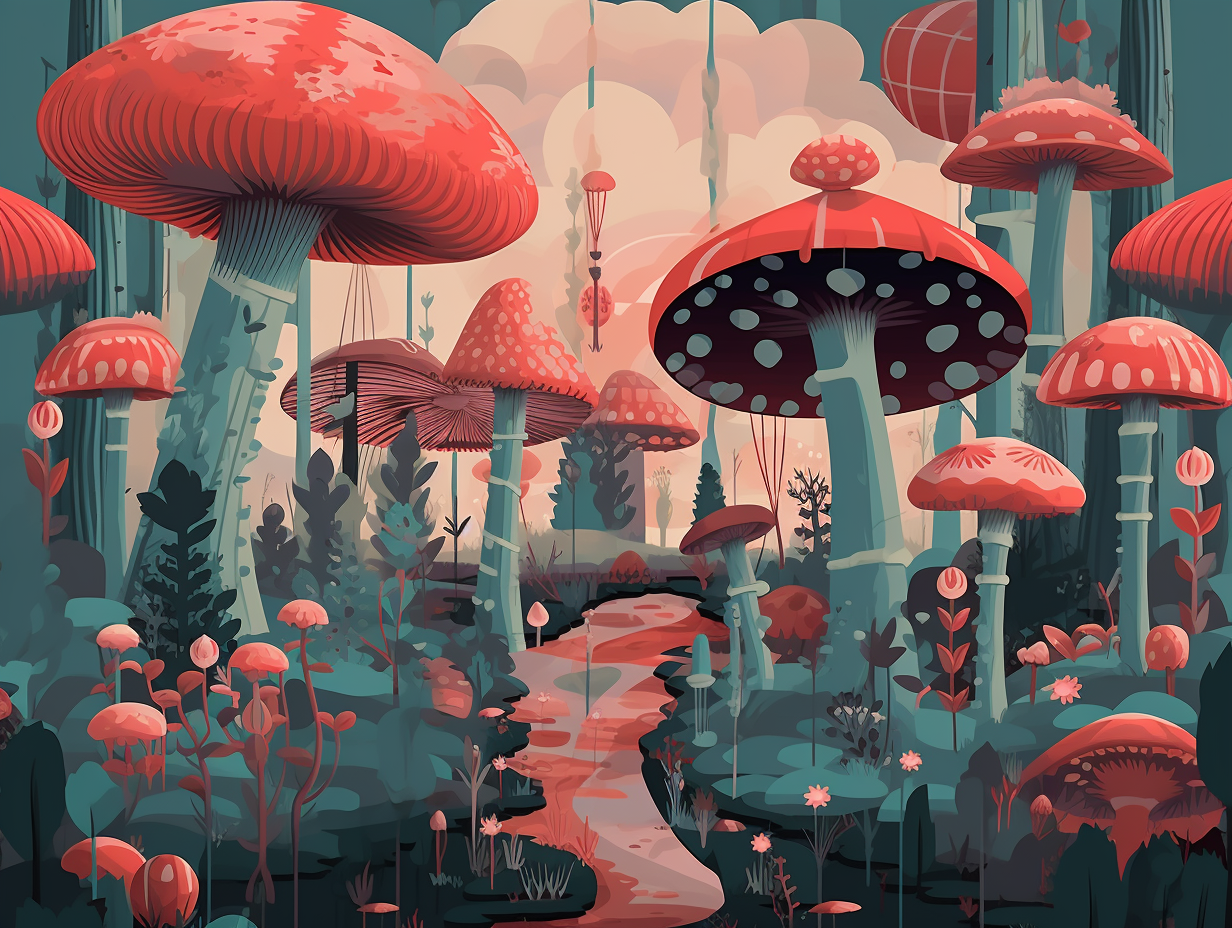12 Entertaining Facts About Venus Fly Traps: Uncover Nature's Most Fascinating Carnivorous Plant

1. Speedy Snacking Superstar
While Venus flytraps could have thrived as stars of the botanical beauty pageant or the next great plant pop sensation with their bold crimson hue and nectar-tinged melodies, they opted for a more sinister talent – smack that, they got quick hands: The Venus flytrap entices unsuspecting insects with vivid colors and the scent of nectar, only to snap shut its lobes in a mere tenth of a second as soon as the bug touches its delicate hairs, sealing its fate as a meal that can satisfy the carnivorous flora for up to 10 days.
Source => study.com
2. Quicker than the Hulk
Watch out, superheroes – there's a new speed demon in town, and it's greener than the Hulk: The Venus flytrap slams its jaws shut in a remarkable one-tenth of a second, thanks to its three touch-sensitive trigger hairs, which initiate the lightning-fast closure when touched twice within 20 seconds.
Source => nwf.org

Did you know that pitcher plants play host to critters like tree shrews and bats, exchanging tasty nectar for nitrogen-rich droppings? Discover more about this fascinating mutualistic relationship!
=> Fun Facts about Pitcher-Plants
3. Creepy Jaws of Botanical Doom
Hold on to your seatbelts, because Venus flytraps are faster than you can say "gotcha" with their creepy jaws of botanical doom: These sassy, carnivorous plants can snap their traps shut in a lightning-fast 0.3 seconds or less, thanks to the opening of aquaporins and a turgor imbalance restoration – a classic case of "now you see me, now you're lunch" in the plant world.
Source => flytrapcare.com
4. Little Shop of Horrors' Cousin
Meet the real-life Little Shop of Horrors star—just without the singing: Venus fly traps can chomp down on their unsuspecting insect prey in milliseconds, making them one of the quickest closing plants in the world! This lightning-fast response is triggered by the tickling touch of an intruder on their delicate hairs, which releases hormones and causes the trap to snap shut like a botanical bear trap.
Source => fws.gov

5. Hair-Trigger, Calcium-Style
Much like your overeager friend who's always the first to slam the "like" button on your social media posts, the Venus flytrap has a hair-trigger response to stimuli: Unlike animal neurons that use sodium to send electrical signals, the flytrap's calcium-based ion channels work to transmit the signal, and its hyperpolarized membrane actually makes it more challenging to trigger a reaction compared to animal neurons.
Source => scientificamerican.com
6. Insect Assassin Extraordinaire
The Insect Assassin with Rambo-like instincts, on whom Spiderman refuses to comment: the Venus flytrap can devour insects, spiders, slow-moving snails, and larvae, thanks to its unique trapping mechanism involving highly sensitive trigger hairs and lightning-fast electrical signals that snap the trap shut, snaring unsuspecting nibblers for dinner.
Source => scitechdaily.com
7. Culinary Connoisseur of Carnivores
Talk about a touchy appetite: Venus flytraps require no less than five gentle caresses from their prey to start digesting it, tailoring their response to the size and nutrient content to save energy and avoid false hopes of a dinner date. Simply put, these plants are the ultimate culinary connoisseurs of the carnivorous kingdom, counting touches like a sommelier swirling a fine glass of wine! The delectable twist: Researchers are now decoding the Venus flytrap's genetic menu, hoping to unravel the secrets behind its sensor-laden, enzyme-drenched dining choices.
Source => dailymail.co.uk
8. Bold Fashionista of the Plant World
Much like models strutting down the catwalk, Venus Flytraps turn heads with their bold fashion statements, but did you know that their stunning colors are more than just a pretty face? Feast your eyes on this: Venus flytraps showcase bright green leaves and burgundy or reddish traps as an indication of their health, while their fashion-forward hues remain independent of diet and age, owing their vibrant palette to light exposure and specific growing conditions.
Source => venusflytrapworld.com
9. Embracing Gothic Darkness
Feeling blue is so last season; for Venus flytraps, it's all about going black like a Victorian goth at a picnic: The ominous color change can happen for reasons other than capturing prey, such as poor growing conditions, improper feeding, winter dormancy, overfeeding, or just being part of their natural lifecycle. So, next time your Venus flytrap gets in touch with its darker side, keep calm and carnivorous plant on!
Source => tomscarnivores.com

10. Friend or Foe Discernment
In a world where raindrops may be plotting their next attack, the Venus flytrap remains ever-vigilant, discerning whether an approaching object is friend or foe: This crafty plant's trapping mechanism can differentiate between living prey and inanimate objects, allowing it to dine on a diet that includes 33% ants, 30% spiders, 10% beetles, and 10% grasshoppers, while only nabbing a meager 5% of airborne pests.
Source => en.wikipedia.org
11. Ground Game Gourmet
Step aside, flies – the Venus flytrap prefers some serious ground game: This remarkable plant isn't as fly-focused as its name suggests, trapping more ants, beetles, and millipedes than flights of fancy. In a perfectly-synced dance with its prey, it requires two touches before quickly snapping shut, consuming only those that provide life-sustaining nutrients, and dismissing any big-shot trespassers.
Source => smithsonianmag.com
12. Evolved Digestive Masterclass
They say you can't teach an old dog new tricks, but the Venus flytrap definitely didn't get the memo: this carnivorous plant cleverly evolved its very own digestive system from defense-related processes, sporting an impressive array of proteins like peroxidases, nucleases, and phosphatases to break down its meals without even needing a sip of water or acid phosphatase.
Source => ncbi.nlm.nih.gov
Related Fun Facts




















